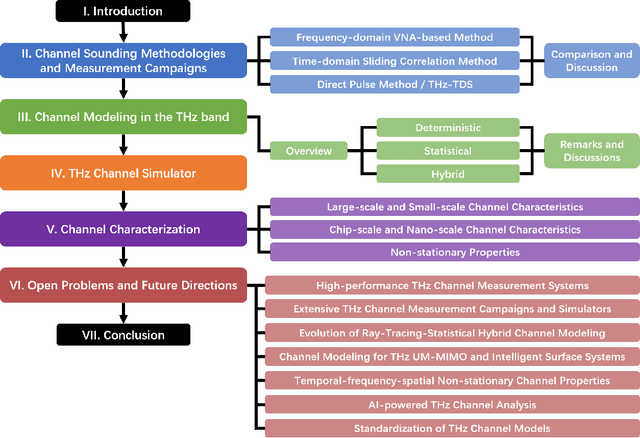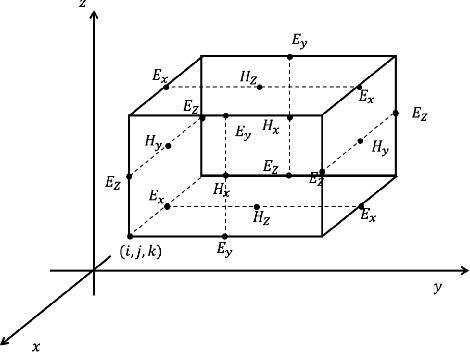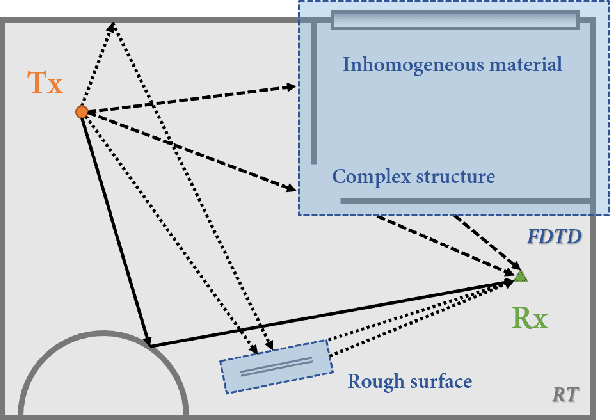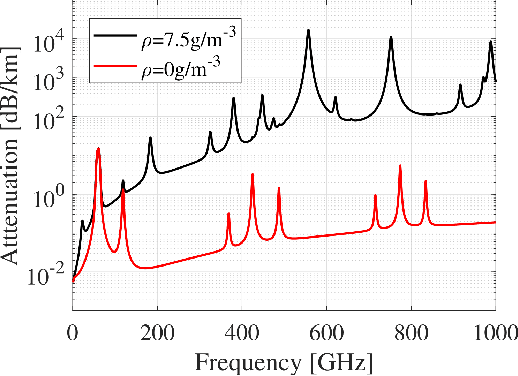Yuanbo Li
Learning Object Placement Programs for Indoor Scene Synthesis with Iterative Self Training
Mar 06, 2025Abstract:Data driven and autoregressive indoor scene synthesis systems generate indoor scenes automatically by suggesting and then placing objects one at a time. Empirical observations show that current systems tend to produce incomplete next object location distributions. We introduce a system which addresses this problem. We design a Domain Specific Language (DSL) that specifies functional constraints. Programs from our language take as input a partial scene and object to place. Upon execution they predict possible object placements. We design a generative model which writes these programs automatically. Available 3D scene datasets do not contain programs to train on, so we build upon previous work in unsupervised program induction to introduce a new program bootstrapping algorithm. In order to quantify our empirical observations we introduce a new evaluation procedure which captures how well a system models per-object location distributions. We ask human annotators to label all the possible places an object can go in a scene and show that our system produces per-object location distributions more consistent with human annotators. Our system also generates indoor scenes of comparable quality to previous systems and while previous systems degrade in performance when training data is sparse, our system does not degrade to the same degree.
Still Waters Run Deep: Extend THz Coverage with Non-Intelligent Reflecting Surface
Jul 11, 2023Abstract:Large reflection and diffraction losses in the Terahertz (THz) band give rise to degraded coverage abilities in non-line-of-sight (NLoS) areas. To overcome this, a non-intelligent reflecting surface (NIRS) can be used, which is essentially a rough surface made by metal materials. NIRS is not only able to enhance received power in large NLoS areas through rich reflections and scattering, but also costless and super-easy to fabricate and implement. In this article, we first thoroughly compare NIRS with the lively discussed intelligent reflecting surface (IRS) and point out the unique advantages of NIRS over IRS. Furthermore, experimental results are elaborated to show the effectiveness of NIRS in improving coverage. Last but not least, open problems and future directions are highlighted to inspire future research efforts on NIRS.
Transformer-based GAN for Terahertz Spatial-Temporal Channel Modeling and Generating
Jun 12, 2023Abstract:Terahertz (THz) communications are envisioned as a promising technology for 6G and beyond wireless systems, providing ultra-broad continuous bandwidth and thus Terabit-per-second (Tbps) data rates. However, as foundation of designing THz communications, channel modeling and characterization are fundamental to scrutinize the potential of the new spectrum. Relied on time-consuming and costly physical measurements, traditional statistical channel modeling methods suffer from the problem of low accuracy with the assumed certain distributions and empirical parameters. In this paper, a transformer-based generative adversarial network modeling method (T-GAN) is proposed in the THz band, which exploits the advantage of GAN in modeling the complex distribution, and the powerful expressive capability of transformer structure. Experimental results reveal that the distribution of channels generated by the proposed T-GAN method shows good agreement with the original channels in terms of the delay spread and angular spread. Moreover, T-GAN achieves good performance in modeling the power delay angular profile, with 2.18 dB root-mean-square error (RMSE).
Transfer Generative Adversarial Networks (T-GAN)-based Terahertz Channel Modeling
Jan 03, 2023Abstract:Terahertz (THz) communications are envisioned as a promising technology for 6G and beyond wireless systems, providing ultra-broad bandwidth and thus Terabit-per-second (Tbps) data rates. However, as foundation of designing THz communications, channel modeling and characterization are fundamental to scrutinize the potential of the new spectrum. Relied on physical measurements, traditional statistical channel modeling methods suffer from the problem of low accuracy with the assumed certain distributions and empirical parameters. Moreover, it is time-consuming and expensive to acquire extensive channel measurement in the THz band. In this paper, a transfer generative adversarial network (T-GAN) based modeling method is proposed in the THz band, which exploits the advantage of GAN in modeling the complex distribution, and the benefit of transfer learning in transferring the knowledge from a source task to improve generalization about the target task with limited training data. Specifically, to start with, the proposed GAN is pre-trained using the simulated dataset, generated by the standard channel model from 3rd generation partnerships project (3GPP). Furthermore, by transferring the knowledge and fine-tuning the pre-trained GAN, the T-GAN is developed by using the THz measured dataset with a small amount. Experimental results reveal that the distribution of PDPs generated by the proposed T-GAN method shows good agreement with measurement. Moreover, T-GAN achieves good performance in channel modeling, with 9 dB improved root-mean-square error (RMSE) and higher Structure Similarity Index Measure (SSIM), compared with traditional 3GPP method.
N2-SAGE: Narrow-beam Near-field SAGE Algorithm for Channel Parameter Estimation in mmWave and THz Direction-scan Measurements
Nov 28, 2022Abstract:To extract channel characteristics and conduct channel modeling in millimeter-wave (mmWave) and Terahertz (THz) bands, accurate estimations of multi-path component (MPC) parameters in measured results are fundamental. However, due to high frequency and narrow antenna beams in mmWave and THz direction-scan measurements, existing channel parameter estimation algorithms are no longer effective. In this paper, a novel narrow-beam near-field space-alternating generalized expectation-maximization (N2-SAGE) algorithm is proposed, which is derived by carefully considering the features of mmWave and THz direction-scan measurement campaigns, such as near field propagation, narrow antenna beams as well as asynchronous measurements in different scanning directions. The delays of MPCs are calculated using spherical wave front (SWF), which depends on delay and angles of MPCs, resulting in a high-dimensional estimation problem. To overcome this, a novel two-phase estimation process is proposed, including a rough estimation phase and an accurate estimation phase. Moreover, considering the narrow antenna beams used for mmWave and THz direction-scan measurements, the usage of partial information alleviates influence of background noises. Additionally, the phases of MPCs in different scanning directions are treated as random variables, which are estimated and reused during the estimation process, making the algorithm immune to possible phase errors. Furthermore, performance of the proposed N2-SAGE algorithm is validated and compared with existing channel parameter estimation algorithms, based on simulations and measured data. Results show that the proposed N2-SAGE algorithm greatly outperforms existing channel parameter estimation algorithms in terms of estimation accuracy. By using the N2-SAGE algorithm, the channel is characterized more correctly and reasonably.
306-321 GHz Wideband Channel Measurement and Analysis in an Indoor Lobby
Nov 21, 2022Abstract:The Terahertz (0.1-10 THz) band has been envisioned as one of the promising spectrum bands to support ultra-broadband sixth-generation (6G) and beyond communications. In this paper, a wideband channel measurement campaign in an indoor lobby at 306-321 GHz is presented. The measurement system consists of a vector network analyzer (VNA)-based channel sounder, and a directional antenna equipped at the receiver to resolve multi-path components (MPCs) in the angular domain. In particular, 21 positions and 3780 channel impulse responses (CIRs) are measured in the lobby, including the line-of-sight (LoS), non-line-of-sight (NLoS) and obstructed-line-of-sight (OLoS) cases. Multi-path propagation is elaborated in terms of clustering results, and the effect of typical scatterers in the indoor lobby scenario in the THz band is explored. Moreover, indoor THz channel characteristics are analyzed in depth. Specifically, best direction and omni-directional path losses are analyzed by invoking close-in and alpha-beta path loss models. The most clusters are observed in the OLoS case, followed by NLoS and then LoS cases. On average, the power dispersion of MPCs is smaller in the LoS case in both temporal and angular domains, compared with the NLoS and OLoS counterparts.
Terahertz Channel Measurement and Analysis on a University Campus Street
Nov 21, 2022



Abstract:Owning abundant bandwidth resource, the Terahertz (0.1-10 THz) band is a promising spectrum to support sixth-generation (6G) and beyond communications. As the foundation of channel study in the spectrum, channel measurement is ongoing in covering representative 6G communication scenarios and promising THz frequency bands. In this paper, a wideband channel measurement in an L-shaped university campus street is conducted at 306-321 GHz and 356-371 GHz. In particular, ten line-of-sight (LoS) and eight non-line-of-sight (NLoS) points are measured at the two frequency bands, respectively. In total, 6480 channel impulse responses (CIRs) are obtained from the measurement, based on which multi-path propagation in the L-shaped roadway in the THz band is elaborated to identify major scatterers of walls, vehicles, etc. in the environment and their impact on multi-path components (MPCs). Furthermore, outdoor THz channel characteristics in the two frequency bands are analyzed, including path losses, shadow fading, cluster parameters, delay spread and angular spread. In contrast with the counterparts in the similar outdoor scenario at lower frequencies, the results verify the sparsity of MPCs at THz frequencies and indicate smaller power spreads in both temporal and spatial domains in the THz band.
Joint Channel Measurement and Simulation Analysis in an L-shaped Indoor Hallway in the Terahertz Band
Aug 08, 2022Abstract:The Terahertz (THz) band (0.1-10~THz), which supports Terabit-per-second (Tbps) data rates, has been envisioned as one of the promising spectrum bands for sixth-generation (6G) and beyond communications. In this paper, an angular-resolvable wideband channel measurement campaign in an indoor L-shaped hallway at 306-321~GHz is presented, by using a frequency-domain vector network analyzer (VNA)-based channel sounder. Four line-of-sight (LoS), six quasi-line-of-sight (QLoS) and eight non-line-of-sight (NLoS) receiver points are measured. However, measured data spreads due to the rich scattering environment and the antenna pattern, which puzzles traditional clustering algorithms. To solve this problem, a simulation-assisted Density-Based Spatial Clustering of Applications with Noise (DBSCAN) clustering algorithm is proposed, where the deterministic simulation result is extracted to adapt the conventional DBSCAN algorithm. The proposed algorithm outperforms conventional clustering algorithms like DBSCAN, K-means, and K-power-means in terms of Silhouette, Calinski-Harabasz and Davies-Bouldin indices. Furthermore, the THz multi-path propagation in the L-shaped hallway is elaborated, and channel characteristics of multipath and clusters are analyzed in depth.
Terahertz Wireless Channels: A Holistic Survey on Measurement, Modeling, and Analysis
Nov 08, 2021



Abstract:Terahertz (THz) communications are envisioned as a key technology for sixth generation (6G) wireless systems. The study of underlying THz wireless propagation channels provides the foundations for the development of reliable THz communication systems and their applications. This article provides a comprehensive overview of the study of THz wireless channels. First, the three most popular THz channel measurement methodologies, namely, frequency-domain channel measurement based on a vector network analyzer (VNA), time-domain channel measurement based on sliding correlation, and time-domain channel measurement based on THz pulses from time-domain spectroscopy (THz-TDS), are introduced and compared. Current channel measurement systems and measurement campaigns are reviewed. Then, existing channel modeling methodologies are categorized into deterministic, stochastic, and hybrid approaches. State-of-the-art THz channel models are analyzed, and the channel simulators that are based on them are introduced. Next, an in-depth review of channel characteristics in the THz band is presented. Finally, open problems and future research directions for research studies on THz wireless channels for 6G are elaborated.
 Add to Chrome
Add to Chrome Add to Firefox
Add to Firefox Add to Edge
Add to Edge